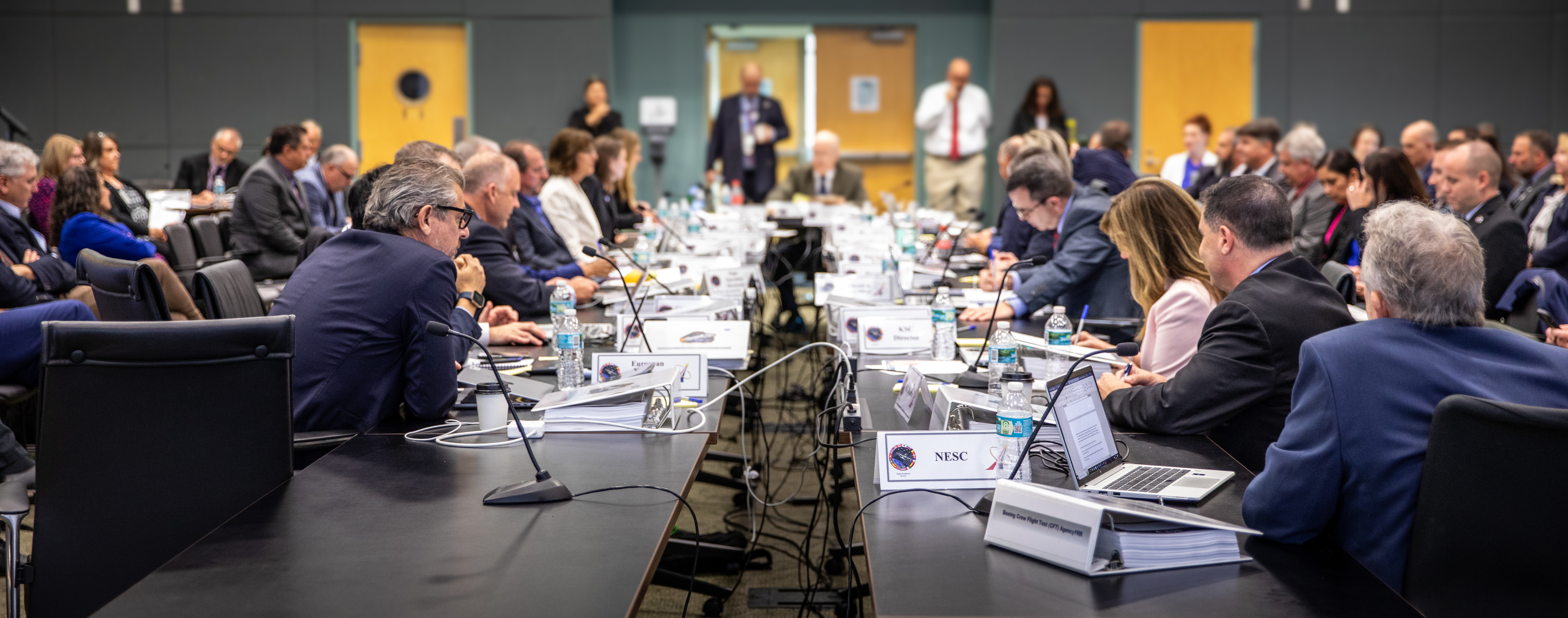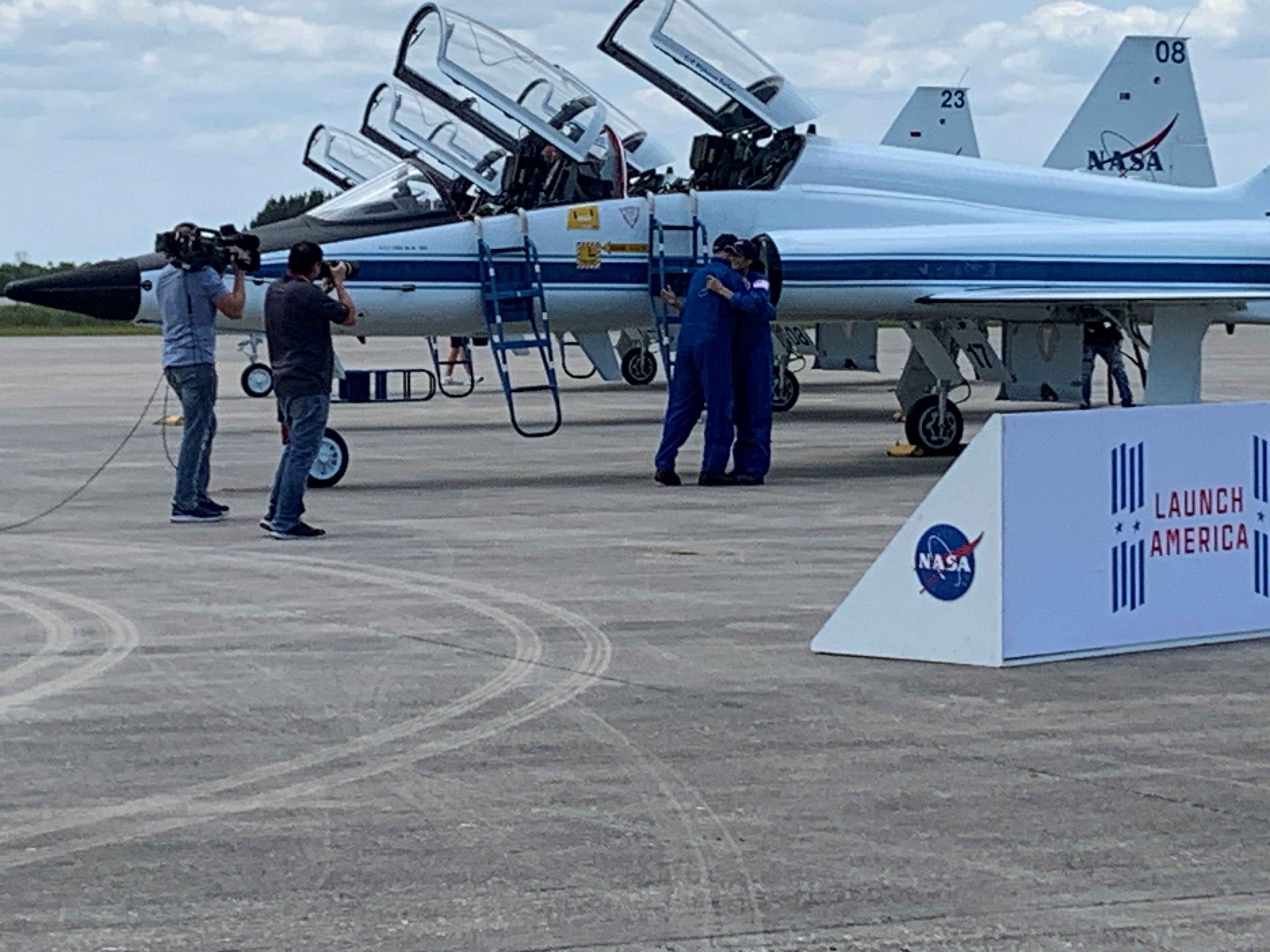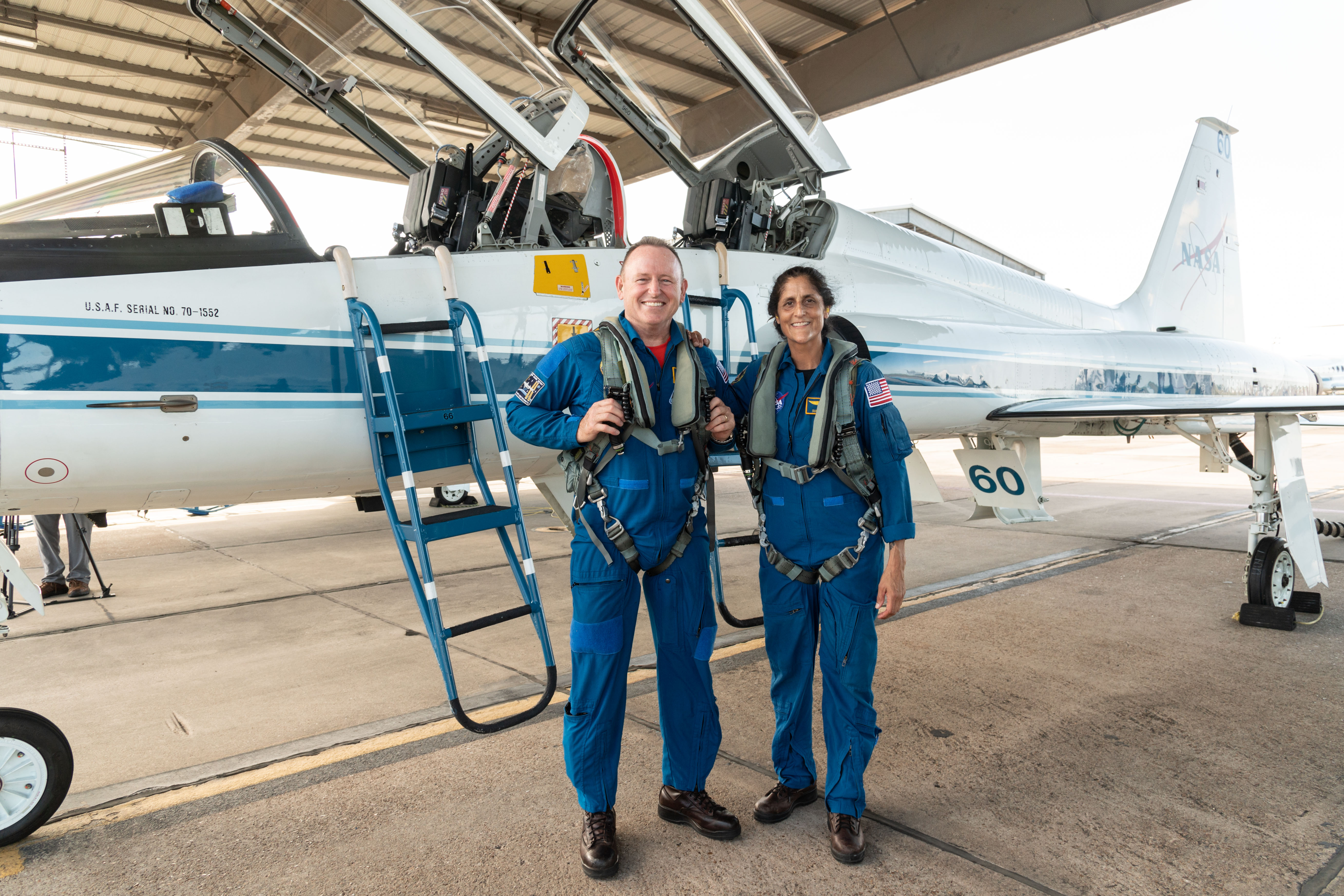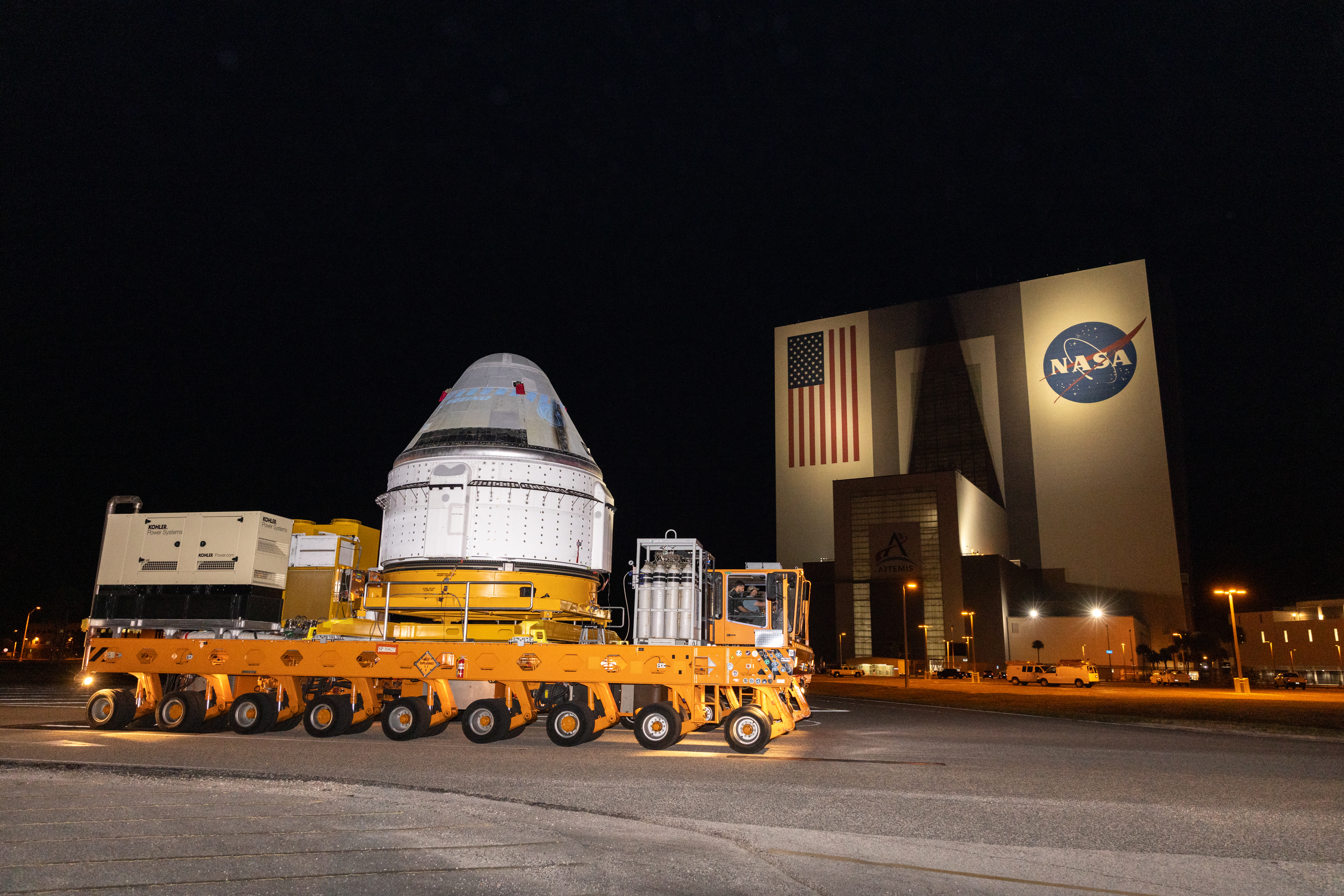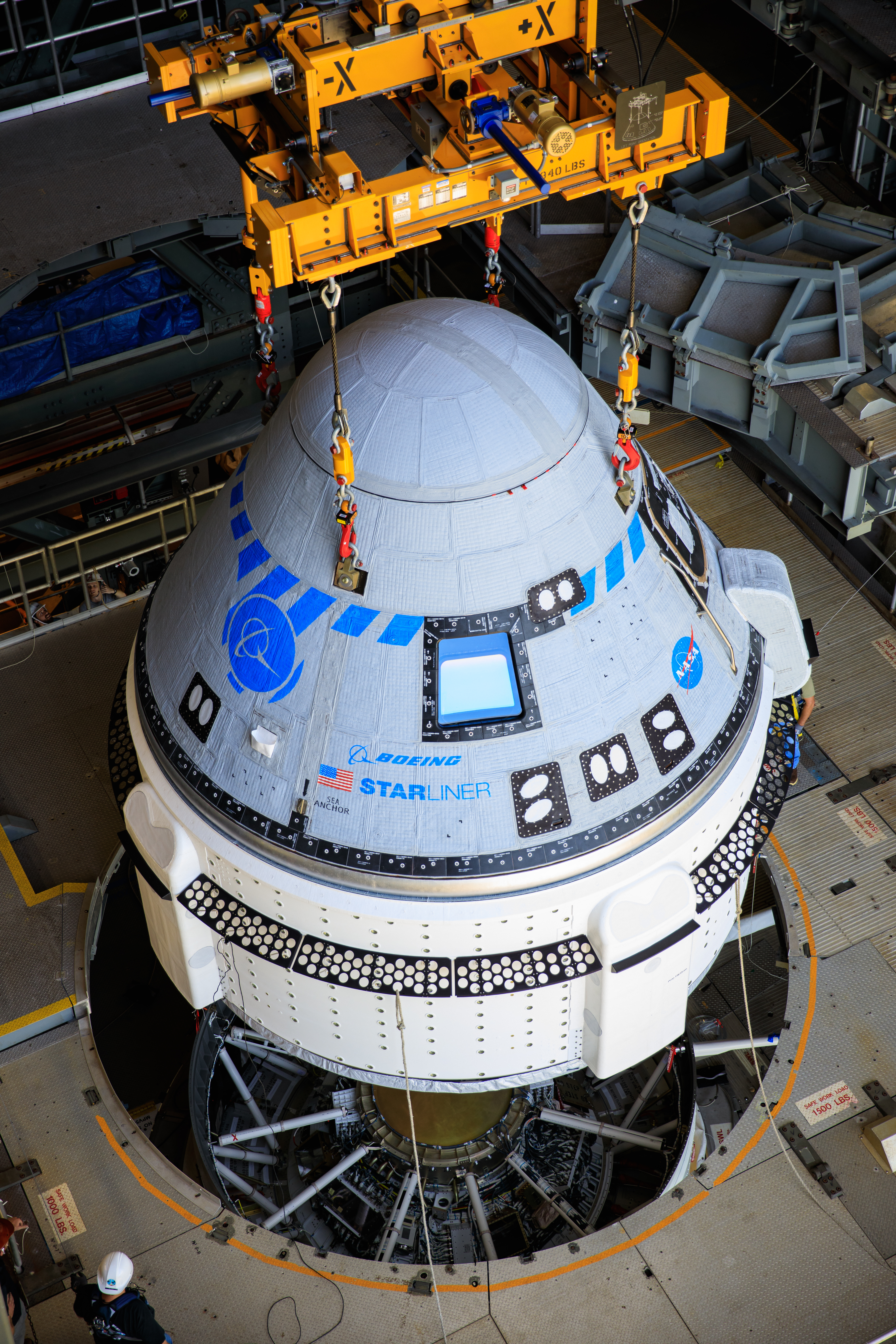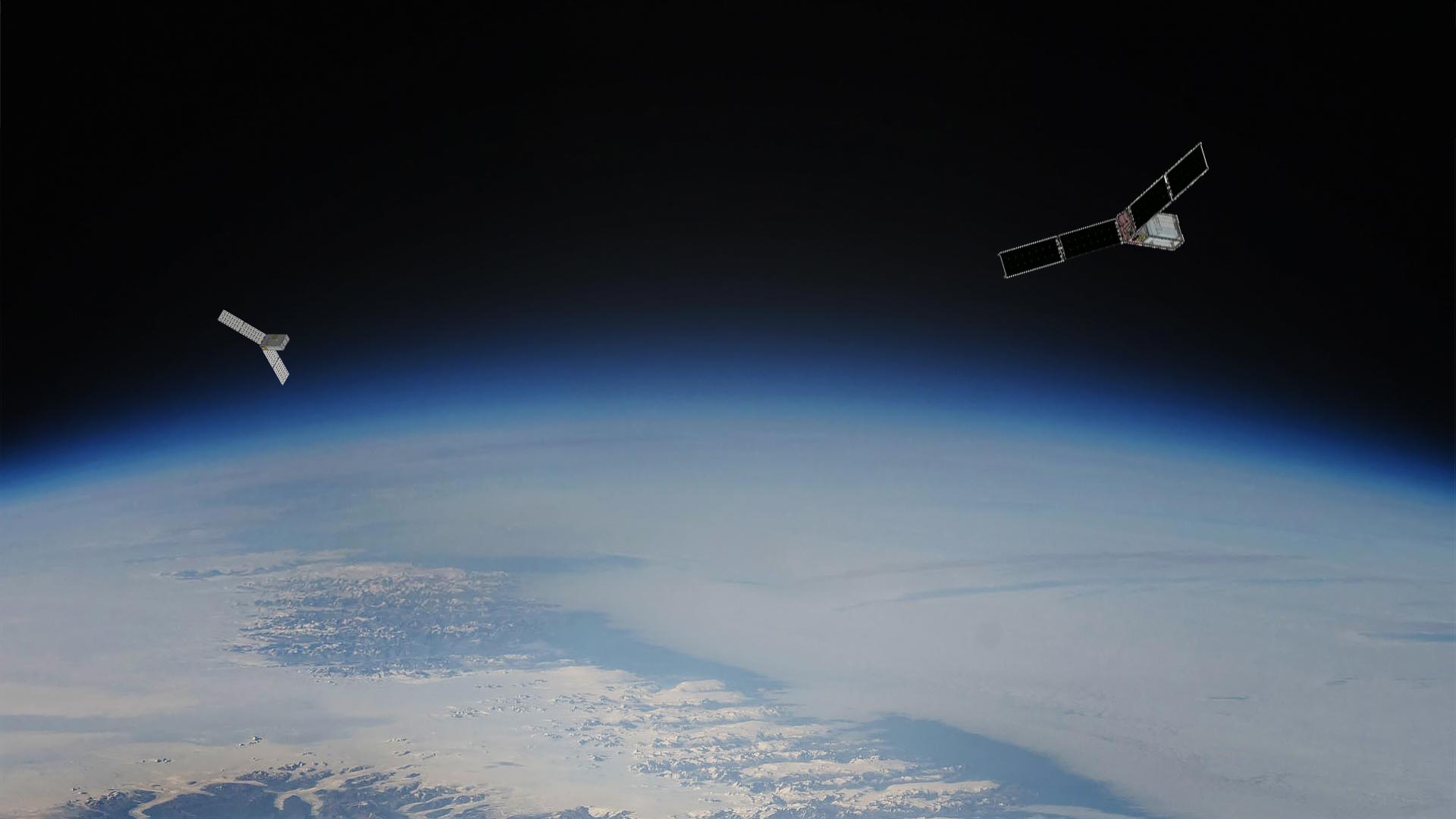
NASA and Rocket Lab are targeting no earlier than Wednesday, May 22, 2024, for the first of two launches of the agency’s PREFIRE (Polar Radiant Energy in the Far-InfraRed Experiment) mission to study heat loss to space in Earth’s polar regions. For the PREFIRE mission, two CubeSats will launch on two different flights aboard the company’s Electron rockets from Launch Complex 1 in Māhia, New Zealand. Each launch will carry one satellite.
NASA’s PREFIRE mission will fill a gap in our understanding of how much of Earth’s heat is lost to space from the polar regions. By capturing measurements over the poles that can only be gathered from space, PREFIRE will enable researchers to systematically study the planet’s heat emissions in the far-infrared – with ten times finer wavelength resolution than any previous sensor.
The Arctic and Antarctic help regulate Earth’s climate by radiating heat initially absorbed at the tropics back into space. But for regions like the Arctic, the spectrum of 60% of the energy escaping to space hasn’t been systematically measured. Filling in this picture is important for understanding which parts of the polar environment are responsible for heat loss and why the Arctic has warmed more than 2.5 times faster than the rest of the planet. In addition to helping us understand how the poles serve as Earth’s thermostat, PREFIRE observations of this heat exchange can improve our understanding of the mechanisms of polar ice loss and related questions of sea level rise and sea ice loss.
The instruments will fly on two identical CubeSats – one instrument per CubeSat – in asynchronous, near-polar orbits.
NASA and the University of Wisconsin-Madison jointly developed the PREFIRE mission. The agency’s Jet Propulsion Laboratory, located in Southern California, manages the mission for NASA’s Science Mission Directorate and provided the spectrometers. Blue Canyon Technologies built the CubeSats, and the University of Wisconsin-Madison will process the collected data.
The launch, which Rocket Lab named “Ready, Aim, PREFIRE,” will be followed by a second CubeSat mission launch several weeks later.. The second launch, which the company calls “PREFIRE and Ice,” will also lift off from New Zealand on an Electron rocket. NASA’s Launch Services Program selected Rocket Lab to launch both spacecraft as part of the agency’s VADR (Venture-class Acquisition of Dedicated and Rideshare) contract.
Follow launch updates on NASA’s Small Satellite Missions blog.
To learn more about the PREFIRE mission, visit: https://www.nasa.gov/prefire/


